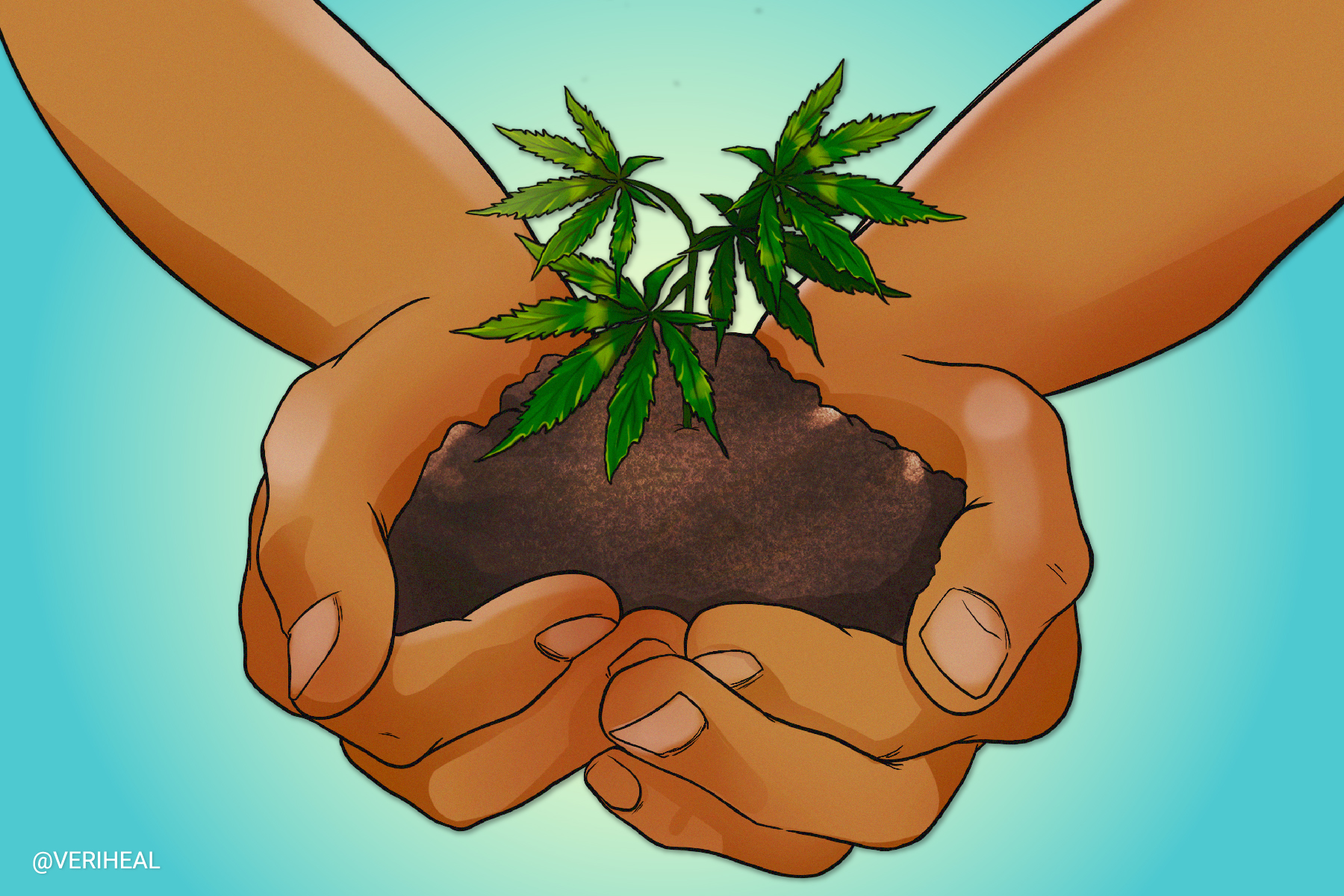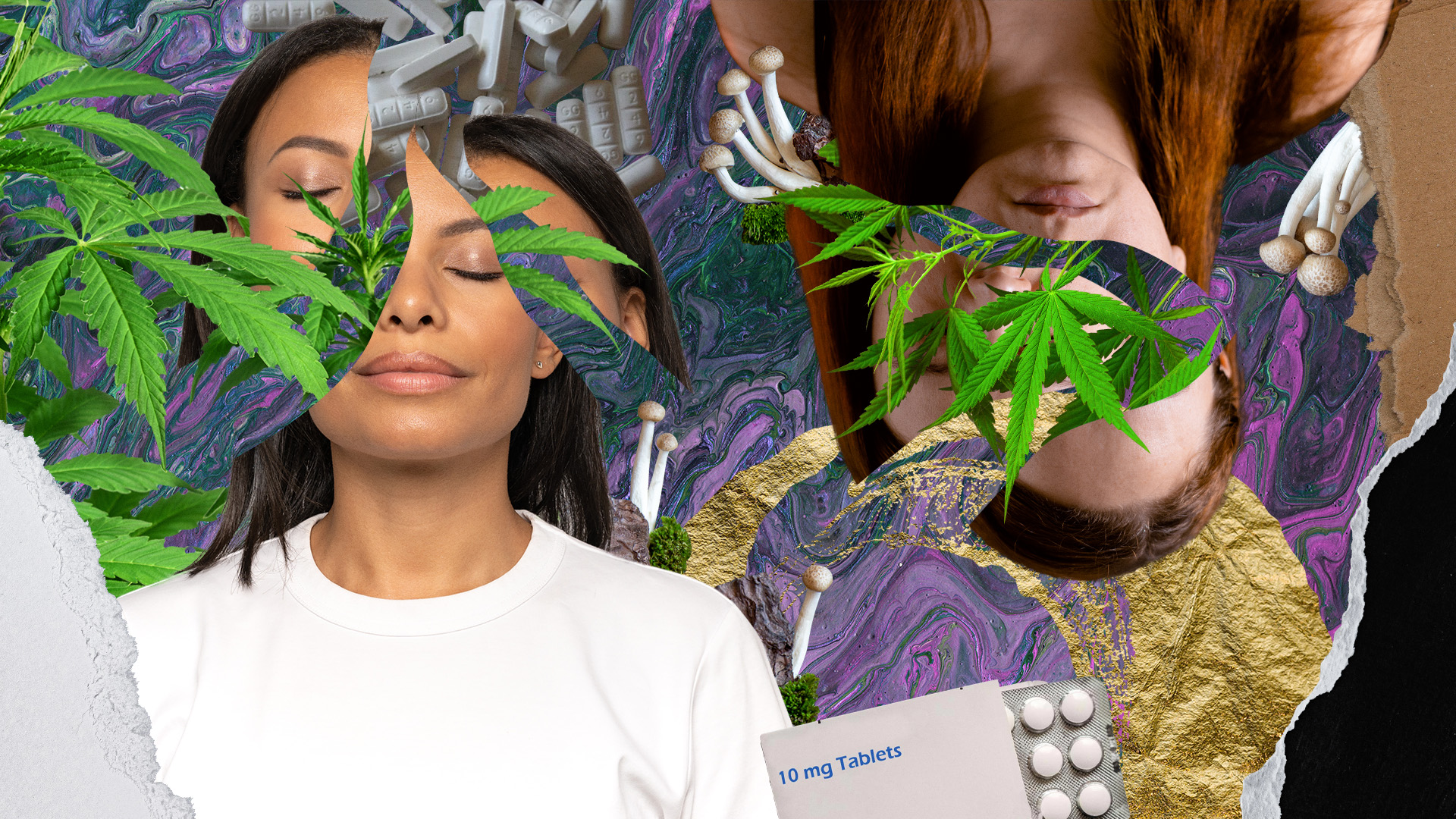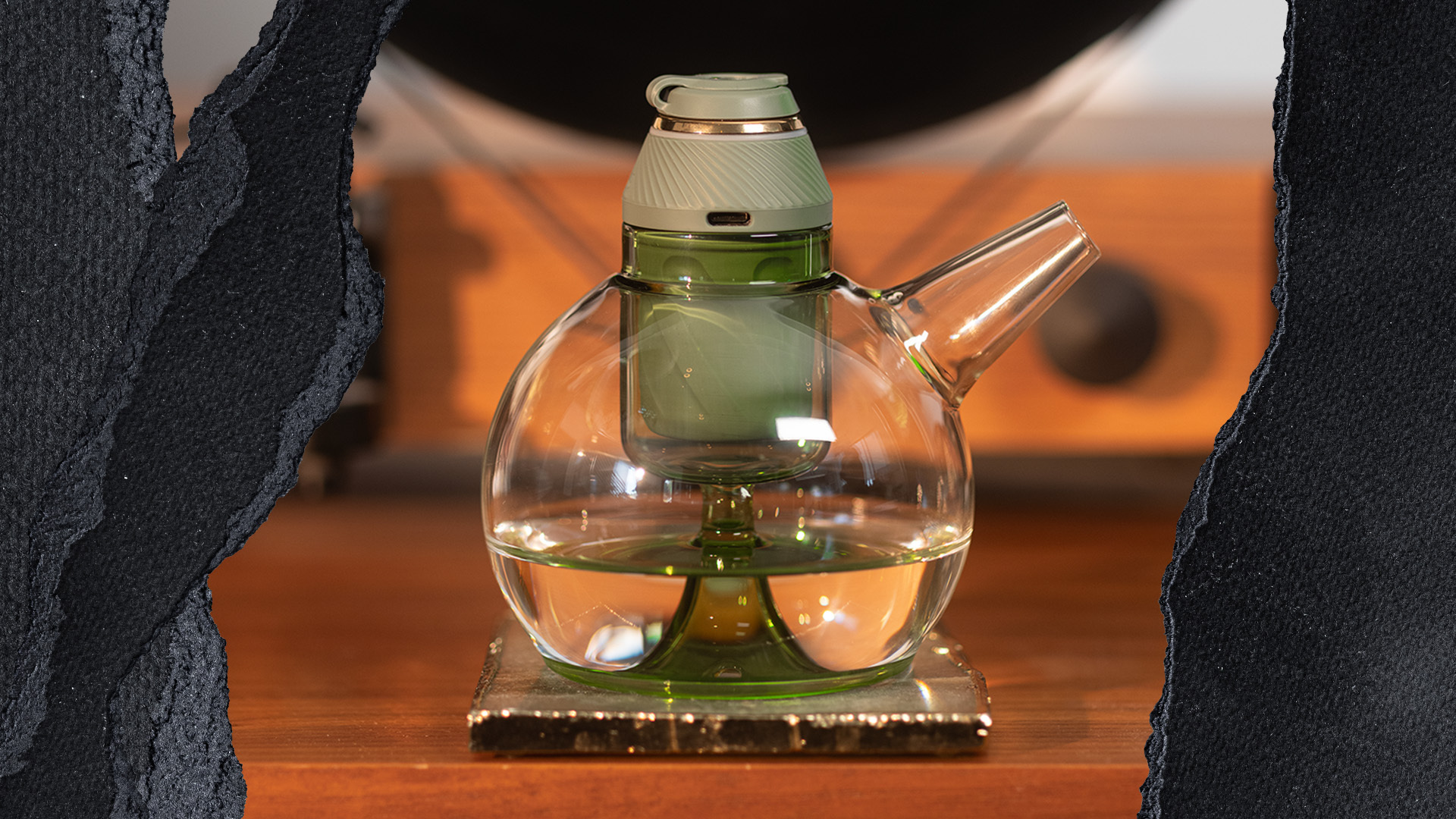Cannabis cultivation isn’t relatively as easy as some people make it out to be. There are a lot of different things you will need to learn. Growing indoors is much different than growing outdoors. Various factors determine the final results of a cannabis crop. Co2, nutrients, pH balance of water, temperature, humidity, and more all play a vital role in cultivating quality cannabis. Many places across the United States have legalized medical cannabis, and many of these places have also legalized small home grows for medical cannabis patients. In the state of Oklahoma, medical cannabis patients are allowed to have six plants in flower and six plants in the vegetation stage.
Learning to cycle between these stages to keep your plants growing consistently is essential. When you first start growing, it can be confusing as to how long it all takes. It doesn’t have to be though. Growing cannabis can be very therapeutic. The growth cycle of cannabis from seed to harvest can be split into three different cycles. Let’s explore these cycles together and learn what they are and what to expect during them.
The Cycles and Growth Stages of Cannabis Cultivation:
Germination is the first part of growing cannabis from seed. This is when seeds are introduced to water or soil. Some people germinate cannabis seeds by placing them in between wet paper towels inside of a plastic bag until the seeds pop. They then transplant these seeds into small cups of soil. Some people prefer not to risk handling the young seedling and plant the seed directly into the soil. I personally plant my seeds directly into the soil and have great success with this. Seeds take an average of 3 to 10 days to pop under the right lighting conditions. I start my seeds in small potters or solo cups. The small area for the root encourages a little quicker growth, which helps to sex the plants a little bit sooner.
Some people have a method for putting cannabis seeds in water and only planting the ones that float as seeds that sink have cracked shells and are most likely not going to grow. I personally have never had an issue and have a 90% germination rate or better growing directly from the soil. If you are germinating outdoors, you will want to make sure to have your plants in direct sunlight as the shade can cause issues with legging or stretching of the young seedling. Generally, after around ten days, if seeds are going to germinate, they have already done so. By day ten, you should have nice little plants popped up in your planters.
Why You Should Get Your Medical Marijuana Card
Veriheal has satisfied millions of patients nationwide by giving them access to these benefits
- Larger purchase limits
- Peace of mind
- Enhanced legal protection
- Access to higher potency strains
- Save up to 25% on cannabis purchases
- Skip the line at the dispensary
-
Seedling / Vegetative Stage
After you have reached the 10-day point of germinating your seeds, you have successfully reached the seedling phase. For the next two to 3 weeks, your plants will show rapid growth. During this time, you should start to see signs of sex, such as pre-flower hairs, though this isn’t always the case. You will have to sex cannabis plants to determine males from females unless you are growing using feminized cannabis seeds.
During the seedling stage, your plants will develop branches and many more leaves. It is a good idea to begin low-stress training and topping techniques during this time. By week three, you should be in full swing into the vegetative stage. You can keep your plants in the veg stage for an average of 30 to 60 days or sometimes longer, depending on the skill you have as a grower. During the vegetative stage, cannabis plants receive 16, 18, 20, and even 22 hours of light, depending on the growing method you’re using. I personally use 18 on and 6 off for my veg cycle. When my veg cycle comes to an end, and it is time to switch over into the flowering cycle, that means it is time to adjust your plant’s daily light intake or DLI.
Somewhere between the 30 to the 60-day mark, you will be ready to switch to flowering. Your plants usually show you they are ready to go into a flowering light cycle when pre-flower hairs become visible. Male plants will have little round sacks that resemble the male body’s private parts. Females will strut their stuff showing beautiful hairs. By this time, you will want to make sure you have determined male from female plants. All male plants should be removed from females and destroyed unless you are doing something further with them regarding cultivation.
Once you are confident you have only female plants in your growing environment, if you are growing indoors, it is time to cycle your light to mimic the change of season and drop it down to a 12/12. That is 12 hours on and 12 hours off. If you are growing outdoors, nature will do this naturally for you. Outdoor growers usually start late May or early June and harvest around late October or the last full moon of October. Just like the light cycle outdoors changes and the days become shorter when you are growing in an indoor environment you are replicating this process of nature, and your plants will fall into a flowering cycle producing big beautiful buds if they are well maintained.
This is just a basic rundown of the growth cycles of a cannabis plant. When it comes to cultivating cannabis, there are many different ways to do it. The best way is the way that works for you. I personally like to use a combination of low-stress training, trellising, and be sure to have an IPM (integrated pest management) program for your grow in place. It seems like no matter how hard you try, you will run into some form of spider mite unless you have a good IPM.
Author, Share & Comments















